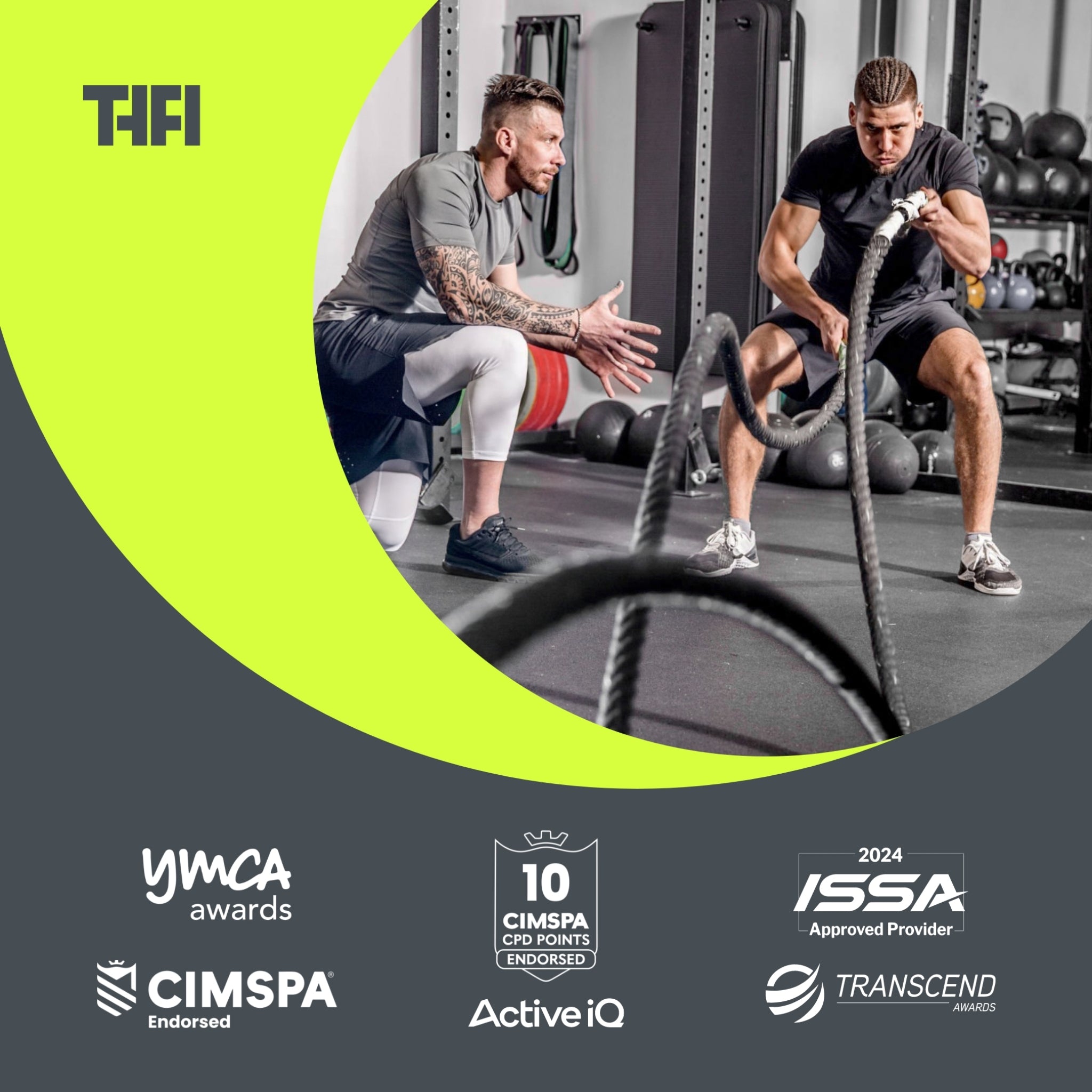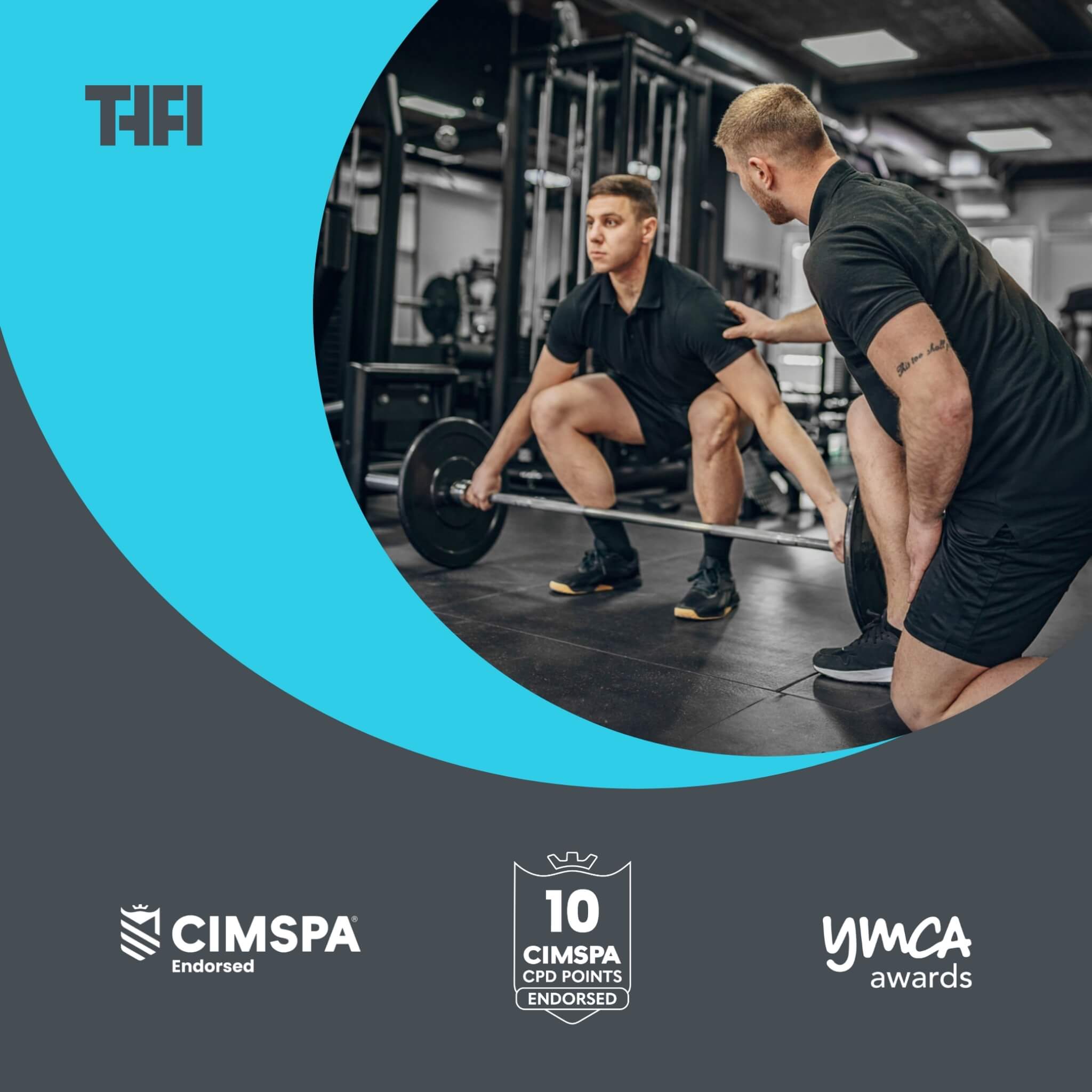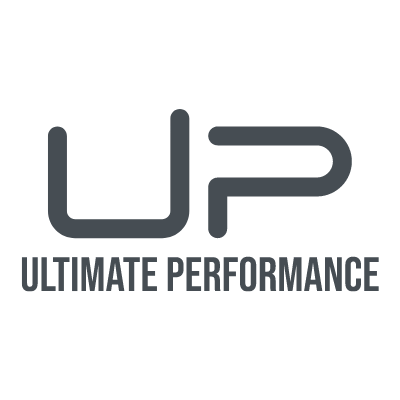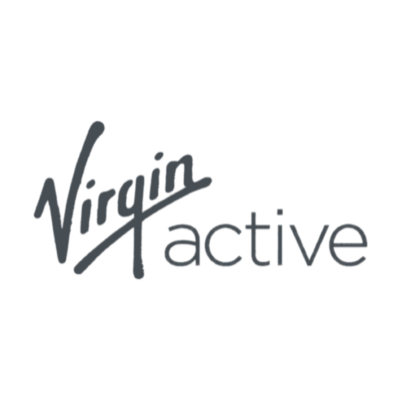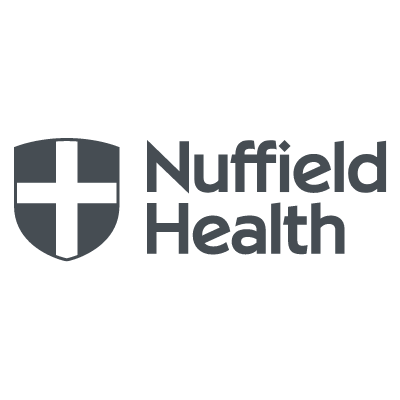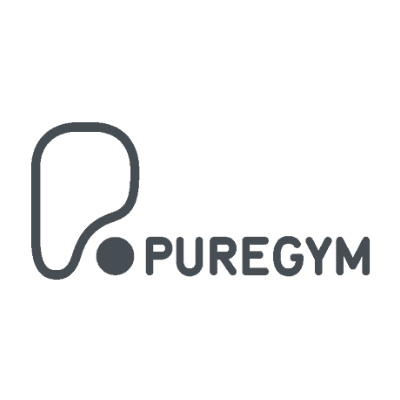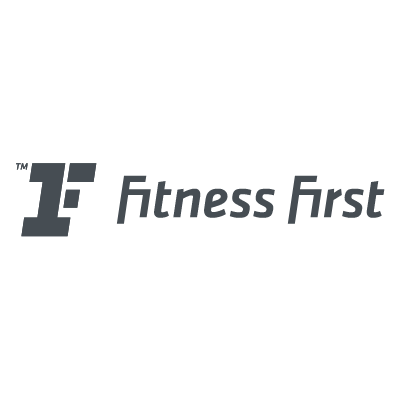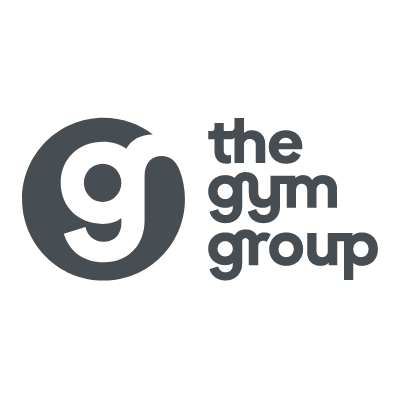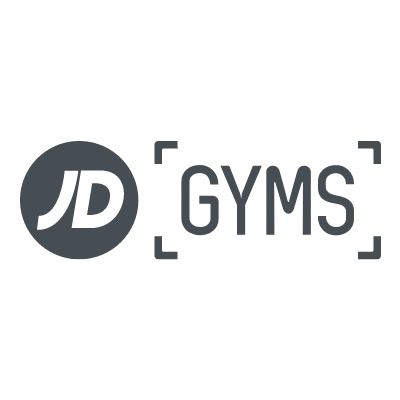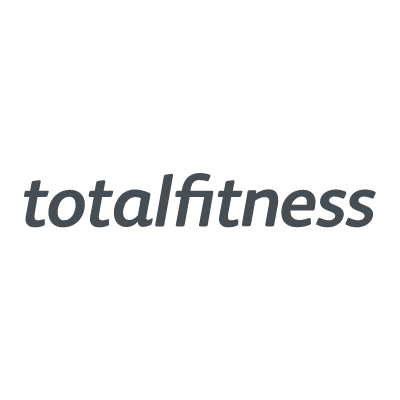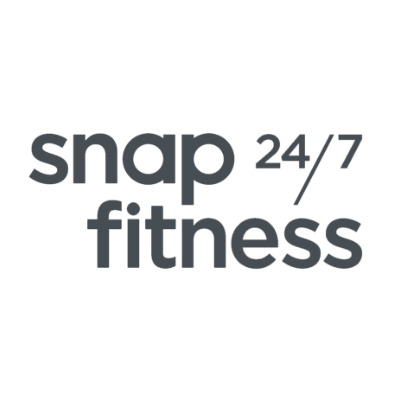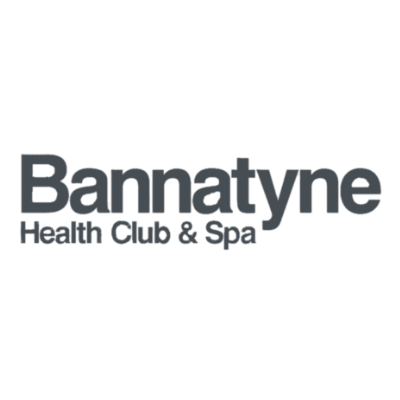The Importance of Rest Days for your Personal Training Clients

Are your clients pushing hard day after day and yet stalling in their progress? It might be time to introduce them to their new best friend – the recovery day.
While hustle and grind steal the limelight, recovery days are the unsung heroes that can truly elevate your clients’ fitness performance and longevity.
Sounds surprising? It shouldn't. We live in a culture that's obsessed with more: more reps, more sets, more workouts.
But it’s not always ‘more’ that delivers the fastest progress. Sometimes you have to be smart – and that can mean understanding the crucial role of recovery to get the best out of your clients.
We look at what recovery days are, why they are important, and how best to use them in your clients’ training regimes.
You’ll learn practical strategies to improve client results, sustain their motivation, and enhance your personal training prowess so you can earn more credibility and more money.
Demystifying Recovery Days: What They Are and Why They Matter
When it comes to effective personal training, there's an important distinction to make: rest is not laziness, and recovery days are not 'days off.' This misunderstanding can lead to unnecessary guilt and overtraining, which are surefire ways to plateau or even regress in fitness levels. So let's clear up any confusion.
Defining Recovery Days: More than Just a Break
In essence, a recovery day is a day taken intentionally to allow the body to repair from the stress it has been put through during workouts. It's not simply about lying on the sofa and binge-watching the latest series (although, there's a time and place for that too!). It's about engaging in activities that help the body rejuvenate and heal: think gentle movement like stretching or yoga, focusing on hydration and nutritious food, and prioritising quality sleep.
Recovery days should be woven seamlessly into your clients' training programme, allowing their bodies to restock glycogen stores, reduce muscle protein breakdown and kick-start the physiological adaptations that lead to increased strength and endurance. It's in these periods of intentional rest that the magic really happens, and your clients' hard work pays off.
The Hidden Benefits of Recovery Days in a Training Regime
Beyond physical recuperation, recovery days also provide crucial mental benefits. These days can help alleviate the mental fatigue that often accompanies rigorous training, boost motivation levels and even enhance mood. By advocating for recovery days, you're promoting a healthier, more balanced approach to fitness that respects both the mind and body - a selling point that sets you apart in the fitness industry.
Moreover, well-planned recovery days can help prevent injuries and burnout, meaning your clients can train consistently, see better results and stay with you for longer. It's a win-win scenario.
The Science Behind Recovery Days
To convince both yourself and your clients of the necessity of recovery days, we need to delve a little into the science.
The Body's Repair and Growth Mechanisms Post-Workout
When we exercise, especially when performing resistance or high-intensity training, we create microscopic tears in our muscle fibres. This isn't a bad thing - it's actually how we get stronger. Our bodies respond to these micro-injuries by repairing and rebuilding the muscle tissue, making it stronger and more resilient for future workouts.
But here's the kicker - this repair and rebuilding process happens primarily during rest. Without sufficient recovery time, the body doesn't have the opportunity to complete this process, limiting the potential strength and fitness gains your clients could achieve.
The Synergy of Exercise and Rest for Optimal Fitness Gains
Consider the relationship between exercise and recovery as two sides of the same coin - you simply can't have one without the other. The breakdown and build-up of muscle tissue - or catabolism and anabolism - are symbiotic processes that work in harmony.
A well-structured training programme doesn't just tell a client when to work out; it tells them when to rest. When you prioritise and plan for recovery days, you're ensuring that the hard work done on active days isn't wasted. You're creating an environment where your clients can make the most of their efforts, and continue to see progress.
And as you see your clients' satisfaction and results soar, you'll see the same positive trajectory in your career as a personal trainer. Understanding, valuing and applying the principles of recovery in your training plans, will not only advance the results you deliver but also the business you are building.
The Risks of Neglecting Recovery Days
While the benefits of recovery days are clear, it's equally crucial to understand the potential consequences of neglecting them. No matter how passionate or committed your clients are, everyone has their limits.
Overtraining: Spotting the Symptoms and Understanding the Risks
Overtraining is a real risk when recovery days are overlooked. Symptoms can range from prolonged muscle soreness, fatigue, and decreased performance to more severe signs such as disturbed sleep, decreased immunity, and mood swings. The body is crying out for rest, and it's your job as a personal trainer to listen and react.
In the worst-case scenario, overtraining can lead to serious injuries, which can set back your clients significantly. Your role in prevention and maintaining your clients' well-being is critical, not only for their health but also for your business reputation and client retention.
The Impact of Recovery Negligence on Client Morale and Consistency
Not giving the body time to recuperate can lead to a dreaded fitness plateau, where progress slows down or even stops. This can severely impact your clients' morale and motivation. If they're consistently putting in the work but not seeing the results, why would they keep going?
By promoting recovery days, you're giving your clients the best chance of maintaining consistent progress. And the more progress they see, the more they'll stick with their training – and with you as their trainer.
How to Effectively Implement Recovery Days for Your Clients
Armed with the understanding of why recovery days are essential, let's look at how you can effectively incorporate them into your clients' schedules.
Crafting the Balance: Active vs Passive Recovery
There are two primary types of recovery: active and passive. Passive recovery involves complete rest, while active recovery might include light activities like stretching, yoga, or a relaxed walk. Both have their place in a balanced fitness regimen.
Knowing your client is key to determining the optimal balance. Some might benefit more from a day of total rest, while others may prefer some light activity to keep them moving. Show your clients that recovery isn't a one-size-fits-all approach, but rather a personalised strategy to enhance their results.
Nutrition and Hydration: Supporting the Recovery Process
Proper nutrition and hydration play a key role in muscle recovery. Eating balanced meals, full of protein and complex carbohydrates, helps repair muscle tissue and replenish energy stores. Hydration, too, aids in muscle recovery and keeps all systems of the body functioning optimally.
Your guidance in this area can make a significant difference to recovery rates and, in turn, the results your clients see from their training.
Sleep: The Silent Contributor to Effective Recovery
Never underestimate the power of a good night's sleep. It's during sleep that our bodies really get to work repairing and rebuilding muscle tissue. Encourage your clients to prioritise quality sleep as part of their recovery regimen. Not only will they feel more energised and focused, but they'll also be in the best position to make the most of their workouts.
And let's remember: every success your client sees, every milestone they achieve, is a feather in your cap as a personal trainer. It enhances your credibility, your reputation, and ultimately your earnings. So let's do right by our clients, and give recovery days the attention they so crucially deserve.
Educating Your Clients on the Necessity of Recovery Days
Knowing the importance of recovery days is half the battle. The other half is educating your clients about it. It's up to you to convince them that recovery is not wasted time, but an integral part of their fitness journey.
Debunking the Myths Surrounding 'Rest Days'
Many people equate rest with laziness, but you and I know better. Rest days aren't about doing nothing; they're about doing what's best for the body to rejuvenate and repair. Break down this misconception for your clients, and they'll be more likely to accept and incorporate recovery days into their fitness regime.
Encouraging the Hard-Gainers to Embrace Recovery
You've probably encountered clients who believe the more they work out, the faster they'll see results. As a professional, you know that isn't the case. The body needs time to repair and grow stronger, and that happens on recovery days. Encourage your clients to view recovery as a critical part of their progress, not a barrier to it.
Celebrating Progress: Tracking Recovery Wins
Progress isn't just measured in heavier weights lifted or faster times achieved. It's also about feeling better, recovering faster, and achieving balance between exertion and recovery. Teach your clients to value and celebrate their recovery wins just as much as their workout ones. The more they see recovery as a sign of progress, the more likely they are to stick with it.
Conclusion
Recovery days are not just an essential part of a successful fitness regime; they're a testament to a balanced and holistic approach to health and fitness. Ignoring the necessity of recovery days can lead to burnout, injuries, and a disheartening lack of progress, which can severely impact a client's motivation and consistency.
As a personal trainer, you have the responsibility and the power to change this narrative. By endorsing and facilitating effective recovery practices, you can help your clients achieve their fitness goals more effectively and sustainably.







